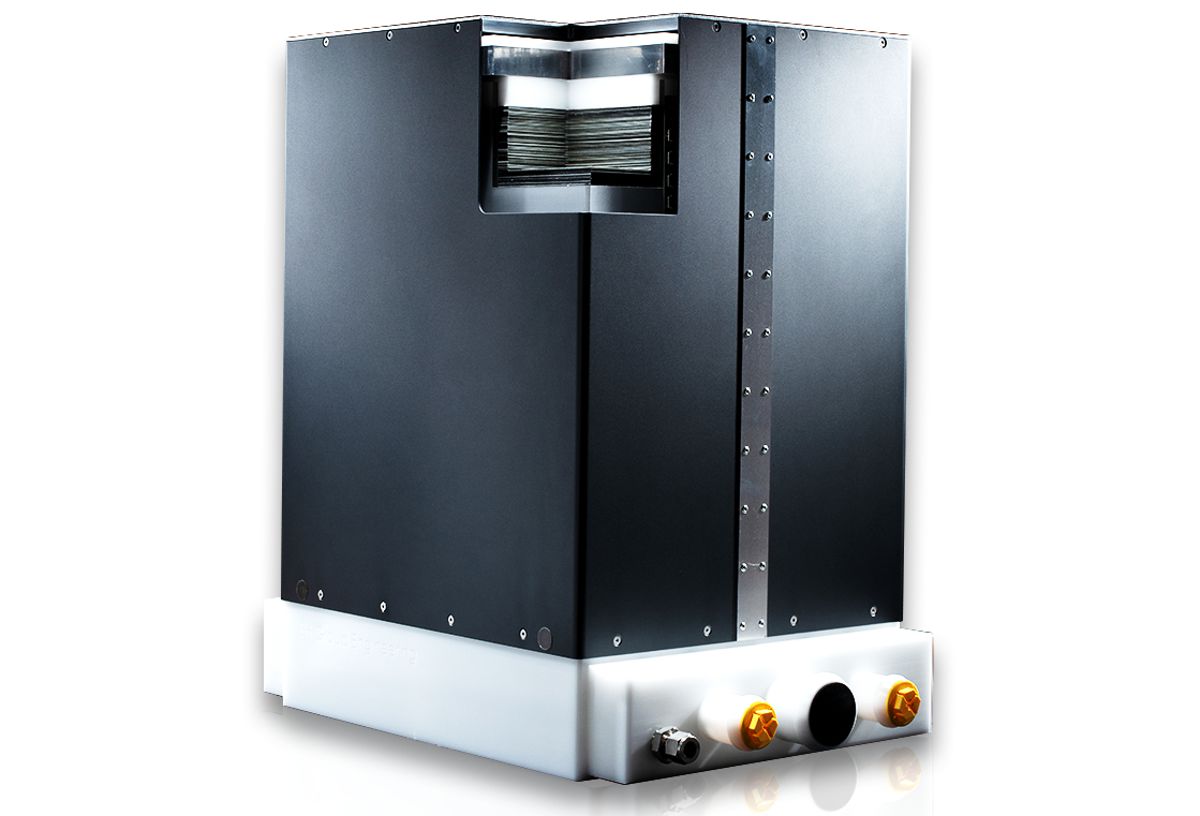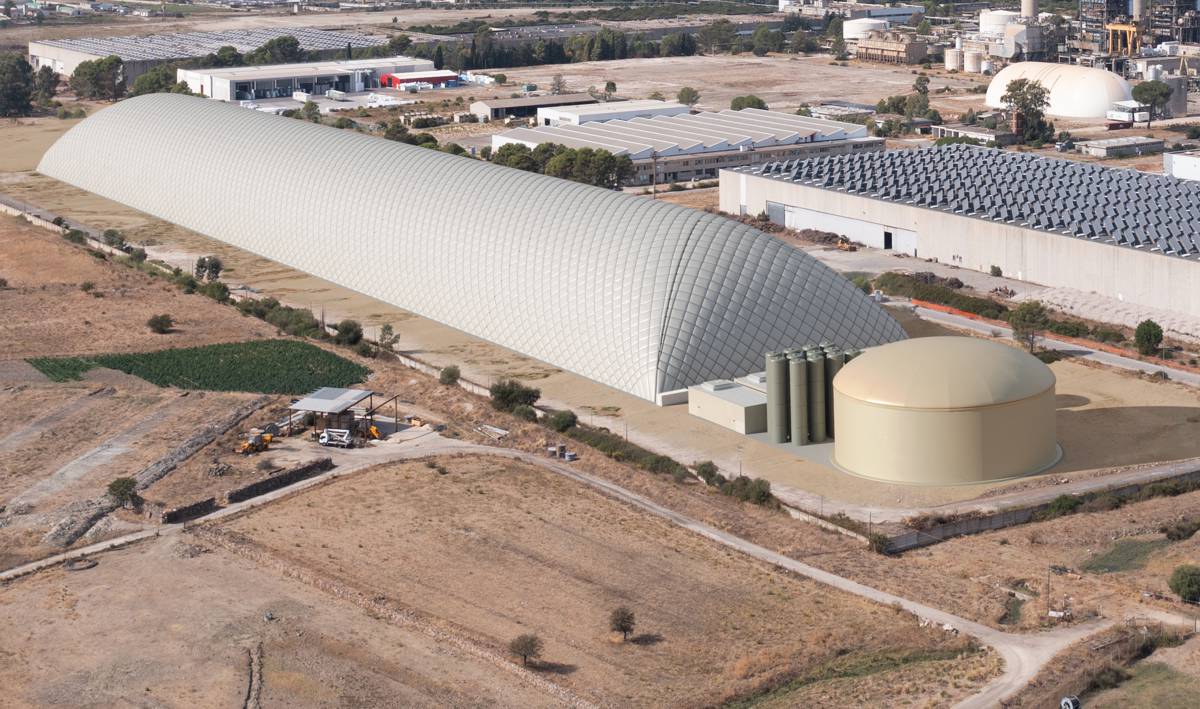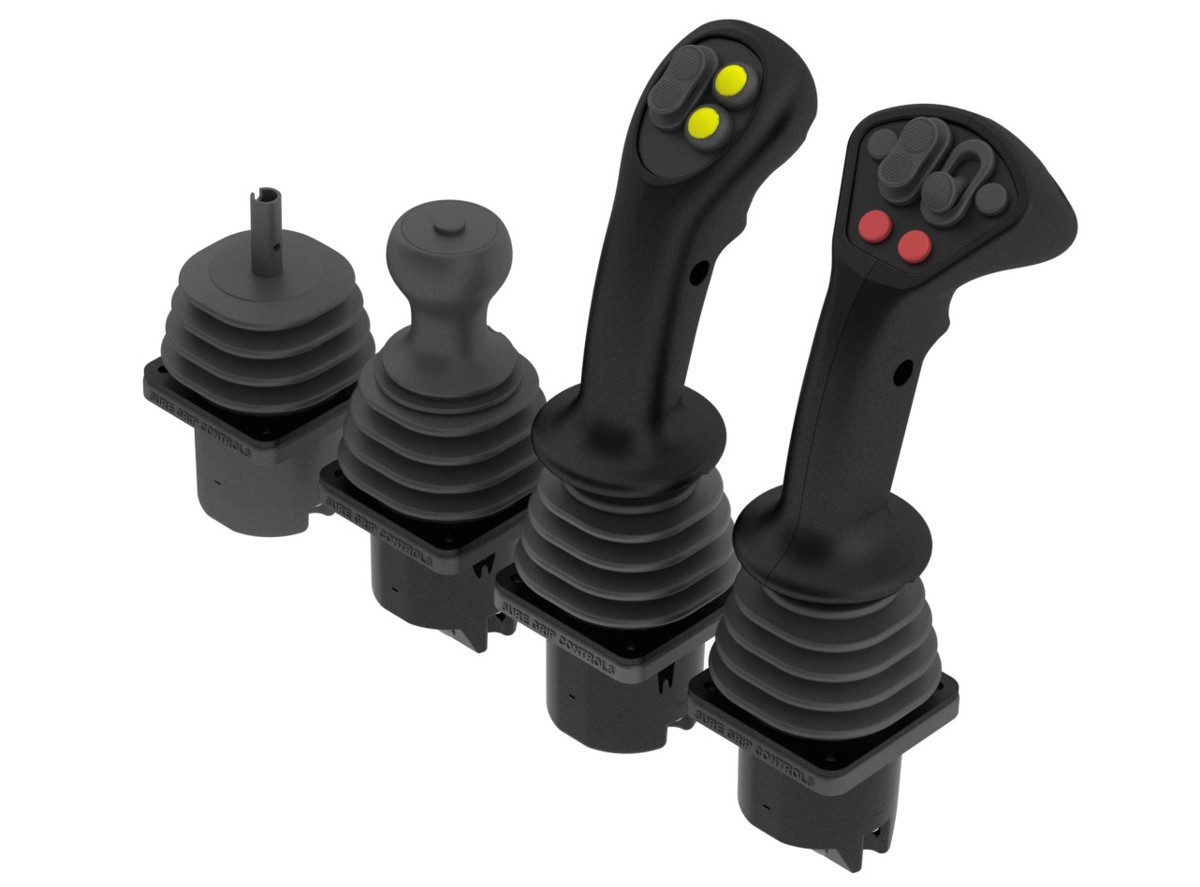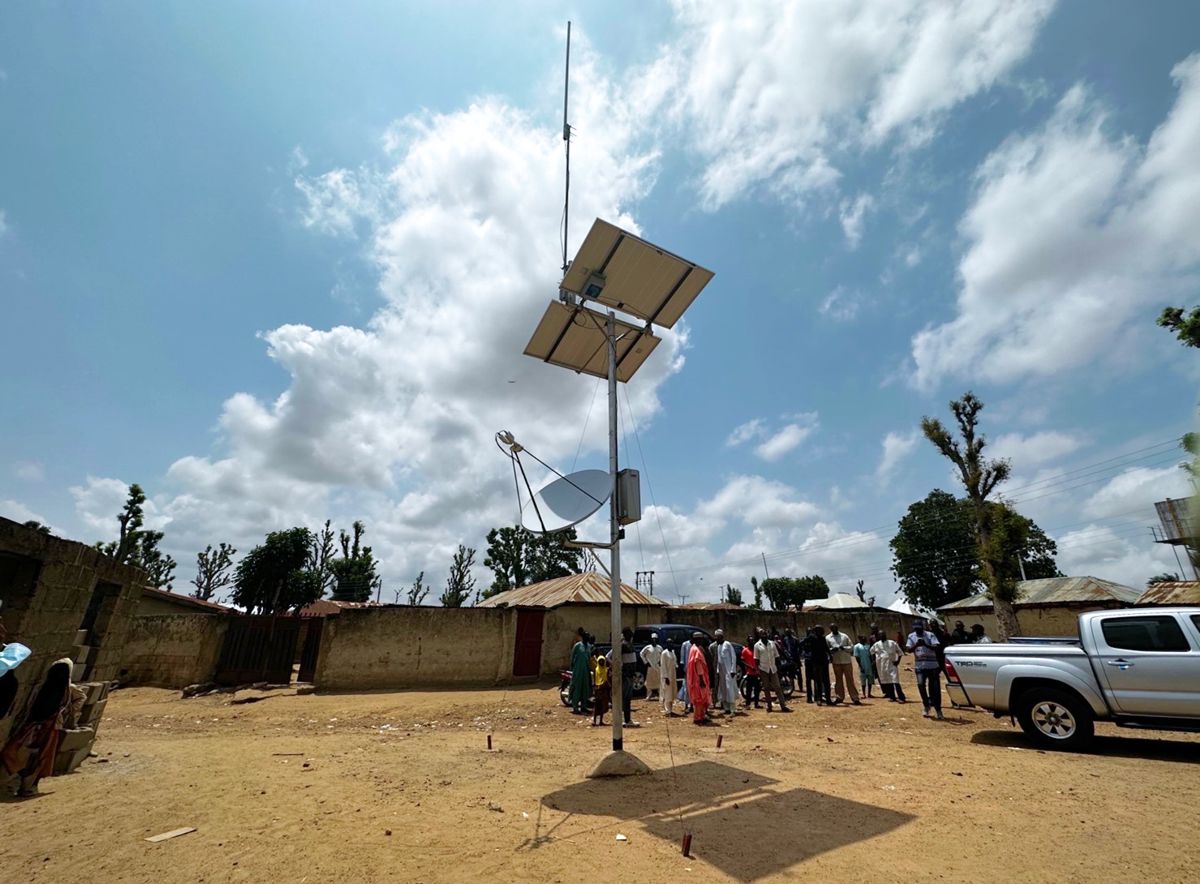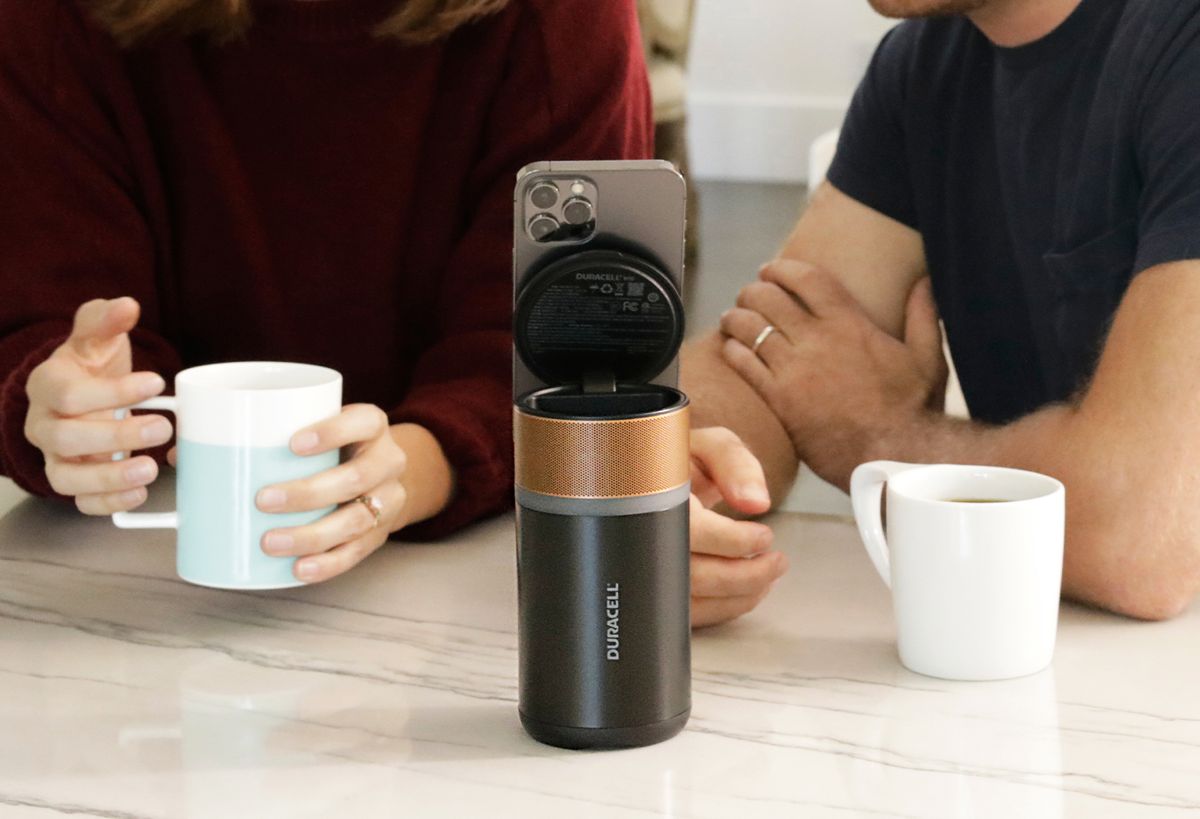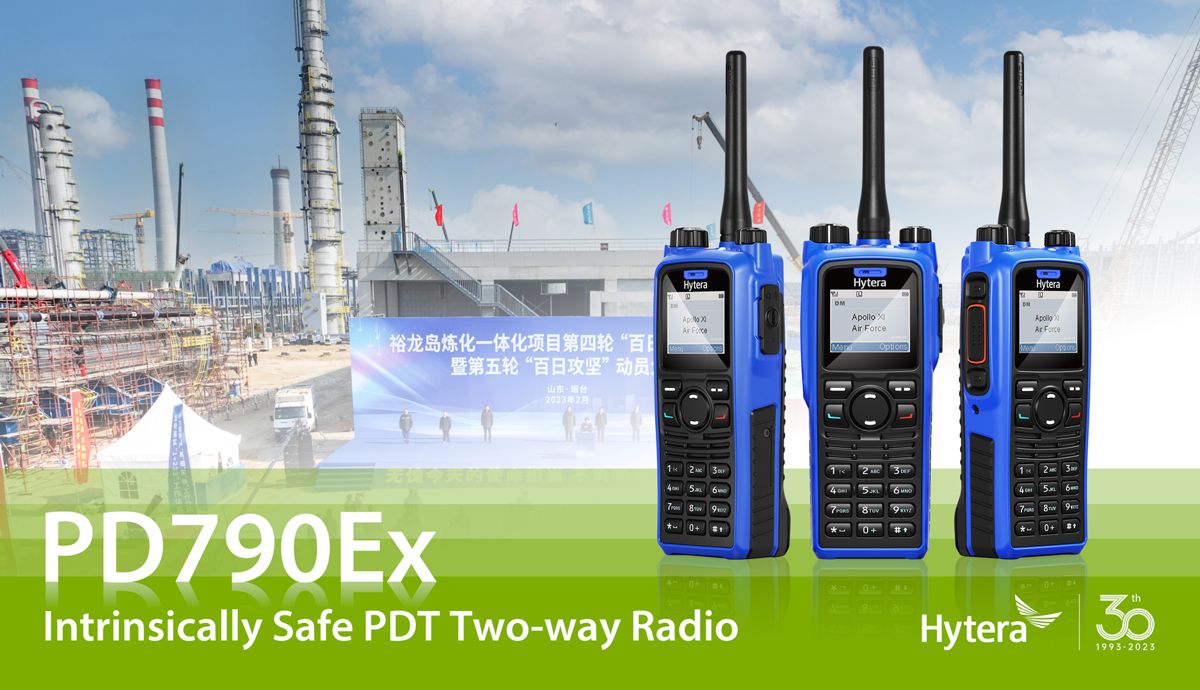How to improve driver experience with your ELD’s
Since the Federal Motor Carrier Safety Administration (FMCSA) in the US mandated that all commercial vehicles over 10,000lbs be installed with Electronic Logging Devices (ELDs), organizations operating vehicle fleets have been pushed into reporting their Hours of Service. While there are many benefits, beyond compliance, to organizations for using ELD’s, there have been a number of challenges in rolling out the technology to the drivers.
An important trend has emerged and fleet businesses specifically want to know how they can minimize the impact of the new ELD Mandate regulations on their workforce. To put it plainly, they want an intuitive and efficient ELD system that allows them to just get their work done.
The need to improve driver experience
When the ELD mandate came into effect, the priority was on ensuring compliance, but now the emphasis for ELD systems is on simplifying the process, improving driver workflows and making the driver adoption process as easy as possible. Why? Because drivers are often using multiple vehicles during the day; or leaving their vehicles to perform a job. They do not have time to spend on time-stealing ELD admin. They need to get on with their work so that they can optimize productivity.
Many ELD solutions on the market today require drivers to log in before they are able to track their hours of service. However, this driver login procedure can be time consuming and complex and the productivity of drivers is at a detriment because of it. While having a level of security is essential, having complex log in credentials, whereby drivers must manually input lengthy usernames and passwords can cause frustration. Drivers are likely to forget their passwords while others find it difficult to input the details correctly on smaller devices.
Advances have been made to rectify this problem and streamline the login process by using NFC enabled technology to log in to the system and start the ELD workflow with just one tap. The technology is similar to Apple Pay and there are a wide range of options for drivers including; existing NFC employee ID cards, keychains, badge cards or dime-sized stickers, which can be attached to a wallet or driver’s license.
This technology was designed to not only reduce the time it takes to get started; but also to eliminate extra administration. Many NFC tags are self-administered, meaning that drivers themselves can set up the cards directly from the tablet.
Patriot Pickle eases driver log in with Tap & Go technology
Patriot Pickle, a manufacturer of wholesale pickles in North America, addressed its ELD problems with driver login head on. Based in Wayne, New Jersey, Patriot Pickle operates a fleet of trucks and tractors to transport its products through the mid-Atlantic states and up into the North-East.
The company initially rolled out ELD systems in November 2017, just before the mandate went into place. It operates a fleet of class A and B drivers. Class A drivers are assigned to drive the tractors and often only use one tractor during the work day. Class B drivers, on the other hand, are assigned to straight delivery jobs and often jump around vehicles as and when required. It is with the class B drivers that problems with driver login frequently occurred as it is necessary to log in to multiple ELD systems, every time they switch vehicles, to track their hours of service.
“The problems we faced with our ELD system was when a driver would get in a vehicle that they were not in the day before and someone else would be logged in to it. They would log the previous user out but then would not remember their own credentials. Not able to log in, drivers would resort to filling out a paper log. I would then need to input there travels for the day on a computer and get it approved and certified. It was ultimately a very frustrating for the driver and a timely and inconvenient task for me.”
To overcome this problem, Patriot Pickle trialled NFC enabled Tap & Go cards. Such technology allows drivers to log in to the in-cab tablet with just a tap of a keychain, making it easy and quick to start their ELD workflow. The driver onboarding process was very easy:
“Trialling this technology was a no brainer because complex log in was one of our biggest struggles. We were delighted with how easy and straightforward the initial set up was. We only needed to be shown once as there were just a couple of quick steps. Although there were a few teething problems with some of our less tech-savvy drivers, our fleet is now able to use the system flawlessly and with ease. What’s more, for the drivers that are required to jump between trucks, it is a dream. They don’t have to remember their username and password. They can just get in, tap the lower left corner, it logs them right in and off they can go.”
Patriot Pickle valued the tutorials they initially received on the ELD systems for how to maximize the use of the technology – one of which was the ability to report on various metrics.
“We have been able to use some of the reports for our quarterly tax filings with the state mileage which has alleviated so many manual calculations. It has been a big time saver and an all-round fantastic tool for us.”

John Cameron is general manager of Trimble Field Service Management (FSM), where he is responsible for worldwide operations and development. Prior to joining FSM, Mr. Cameron was general manager of Trimble’s Spectra Precision Division and before that general manager of Pacific Crest Corp., a company he co-founded in 1994 that was acquired by Trimble in 2005. Mr. Cameron holds a bachelor’s degree with highest honours in mechanical engineering from UC-Berkeley and a master’s degree in mechanical engineering from Stanford University.




